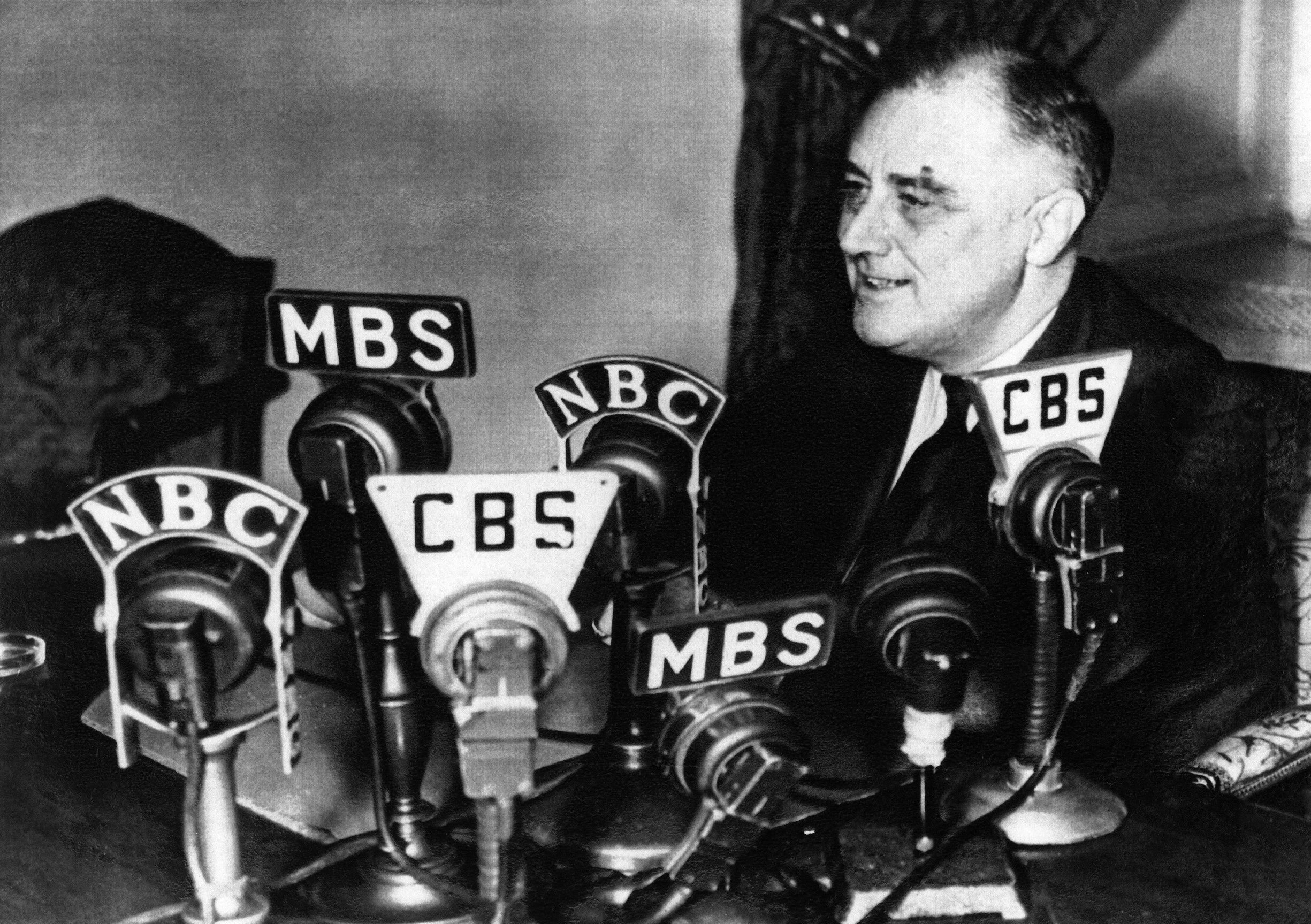
In November 1936, Franklin Delano Roosevelt sought re-election for a second term as US president. He had just overseen 4 years of radical government reform known as the New Deal, during which he had tried to kick start the recovery of the US economy from the Depression with a massive spending programme. He won the vote in 46 states; his Republican opponent Alf Landon won only in Maine and Vermont. Roosevelt described the result as a landslide, and claimed that ‘everybody is against me except the voter’.
But was it really so clear cut? Closer examination of the figures reveals that Roosevelt won 61% of the total vote, and Landon got a surprisingly high 37% — equating to over 16 million votes. This shows that, whatever gloss he tried to put on the result, Roosevelt and his New Deal were not as popular as he tried to make out.
Your organisation does not have access to this article.
Sign up today to give your students the edge they need to achieve their best grades with subject expertise
Subscribe




